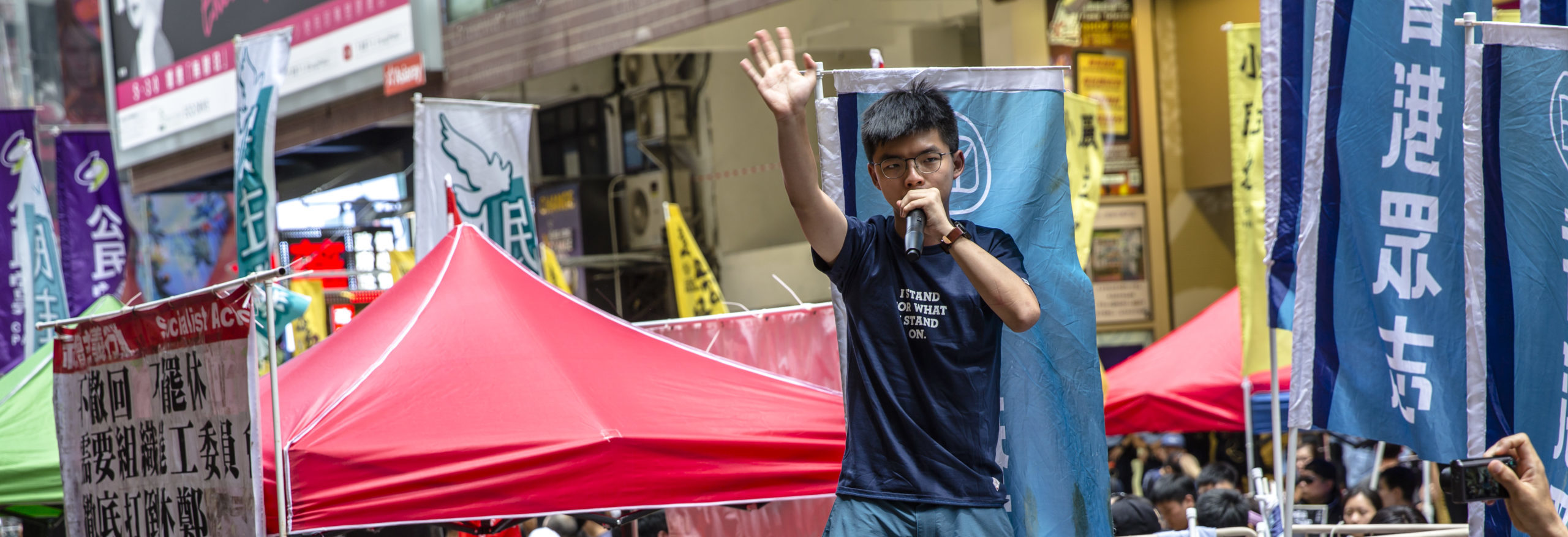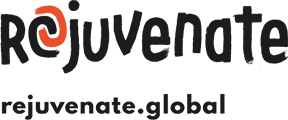One useful response to the constraints of the framing of child rights and children’s participation is the concept of ‘living rights’, which comes from a group of influential thinkers across global contexts led by Karl Hanson and Olga Nieuwenhuys.
They articulate children’s rights as ‘living rights’ or ‘rights under construction’ – where there is a gap between the imagined child and the actual social practices of children. ‘Living rights’ sit at the intersection between social practices and children’s rights.
Living rights were first conceptualised when Hanson and Nieuwenhuys discussed the difference between rights on paper and how children who experience injustice navigate and negotiate rights in their everyday lives. Their model recognises that children are involved in shaping what their rights become in the social world.
The living rights model recognises that local understandings of rights predate the UN Convention on the Rights of the Child (UNCRC) and are rooted in a broad conceptualisation of social justice. The way that children’s rights play out in particular contexts is shaped by interactions between a moral economy, the state and social movements, and their relationship with the social structures – community, local and global – that they are situated within.
When children’s rights encounter children’s perspectives (and other social actors) they are adapted from concept to practice. Hanson and Nieuwenhuys call this process ‘translation’.
Children’s meaningful participation on issues that concern them is central to the effective translation of their rights in their local context, and is underpinned by an understanding that children are not isolated individuals but are embedded within families and communities, and therefore interact with local and global social norms.
A living rights lens helps us to see children and youth as integral to everything; as people with valuable insights and contributions that are vital to all our futures, and community members that should be listened to.
Because this lens situates children’s rights within a structural-institutional framework, it links the everyday and the local to broader socio-political structures. This model is politicised both in its framing of children’s rights as embedded within a social justice framework, and its emphasis on the collective nature of these rights.








